The global agricultural export market continues to expand, driven by growing demand for fresh produce, processed foods, and cash crops. In 2025, certain crops are expected to dominate international trade due to their high demand, economic value, and suitability for large-scale cultivation. Understanding these export crops is essential for policymakers, farmers, agribusinesses, and investors looking to capitalize on global trade opportunities. This guide provides a comprehensive overview of the key export crops in 2025, including production trends, major exporting nations, and market dynamics.
1. Importance of Export Crops in Global Trade
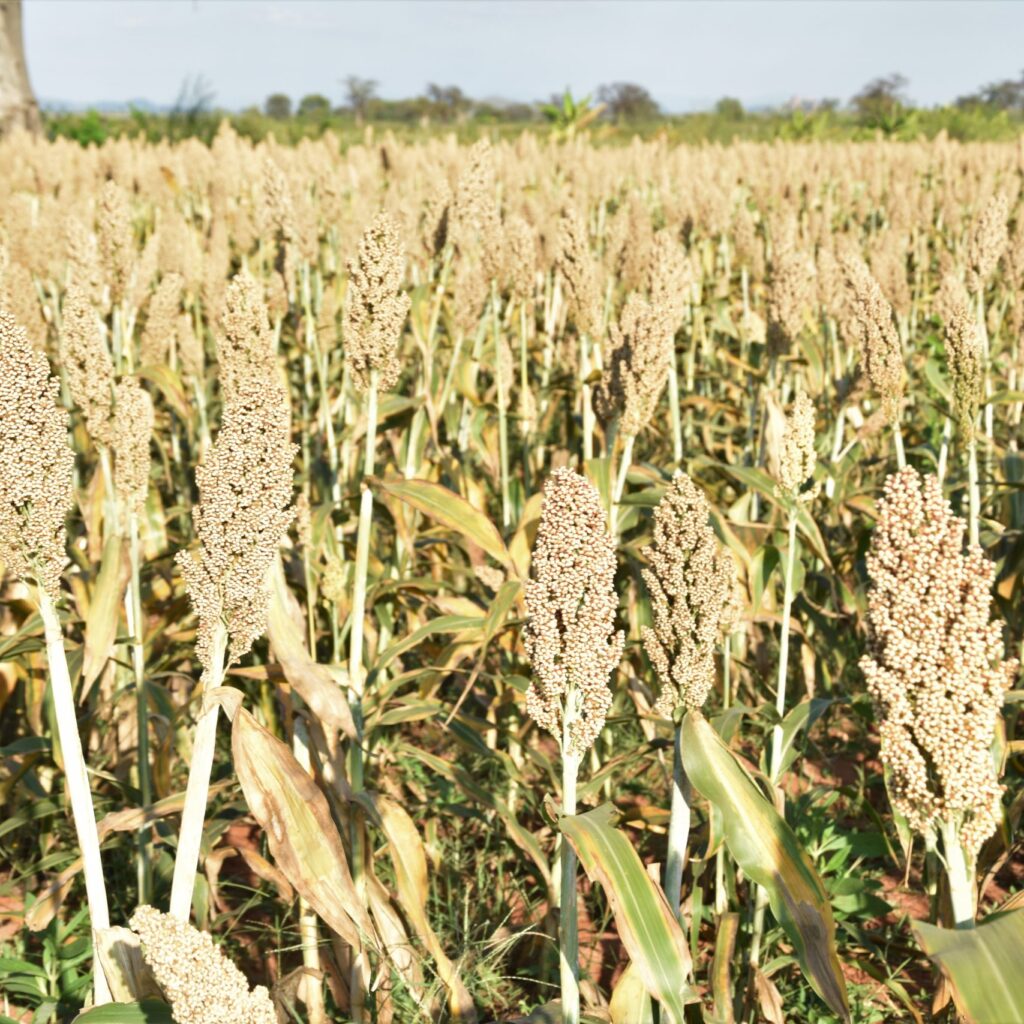
Export crops play a critical role in global agriculture and economic development:
- Economic Growth: Exporting high-demand crops generates significant revenue for producing countries.
- Employment Generation: Agricultural exports support millions of jobs in farming, processing, and logistics.
- Global Food Security: Diversified exports contribute to the availability of essential foods worldwide.
- Technological Advancements: Competition in export markets drives innovation in cultivation, storage, and transportation.
Key factors influencing crop exports include climate conditions, soil fertility, irrigation infrastructure, labor availability, and international trade agreements.
2. Top Export Crops in 2025
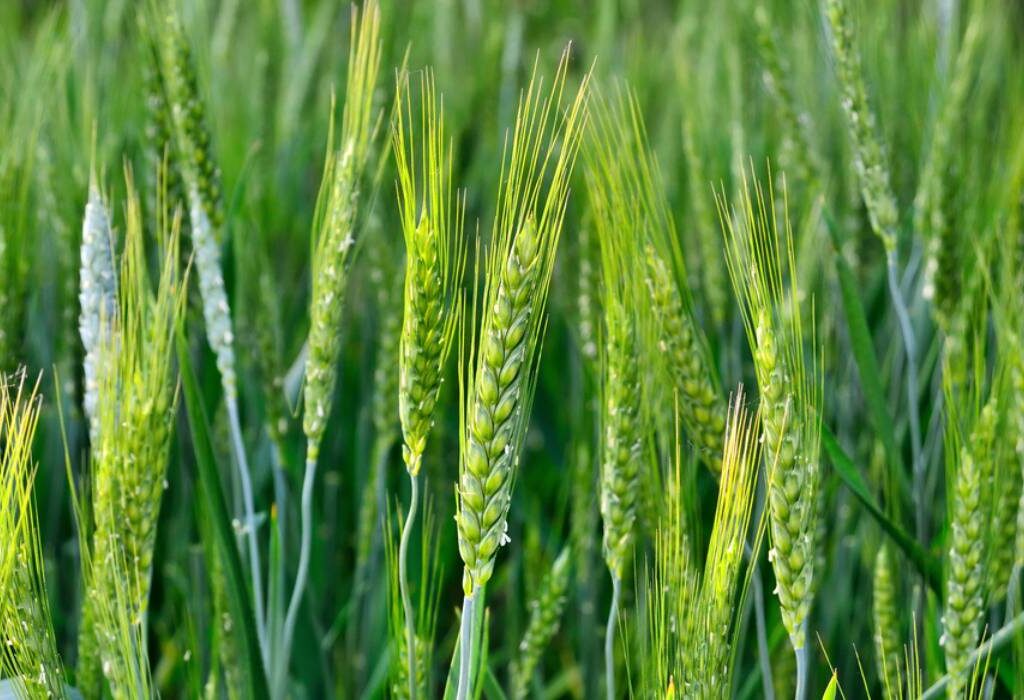
Several crops are poised to lead global exports in 2025 due to consumer demand, nutritional value, and versatility.
A. Fruits
- Bananas
- Leading Exporters: Ecuador, the Philippines, Costa Rica, Colombia
- Market Trends: Bananas remain one of the most traded fruits, with increasing demand in Europe, the Middle East, and Asia.
- Notes: Organic and fair-trade certified bananas are becoming more popular.
- Apples
- Leading Exporters: China, Poland, the United States, Chile
- Market Trends: High demand in Asia and Europe, especially for high-quality, fresh varieties.
- Notes: Cold storage technology extends shelf life for longer exports.
- Mangoes
- Leading Exporters: India, Mexico, Pakistan, Brazil
- Market Trends: Mango exports grow due to tropical flavor preferences and processed products like pulp and juice.
- Grapes
- Leading Exporters: Chile, Italy, the United States, South Africa
- Market Trends: Table grapes, raisins, and grape juice dominate the market.
B. Vegetables
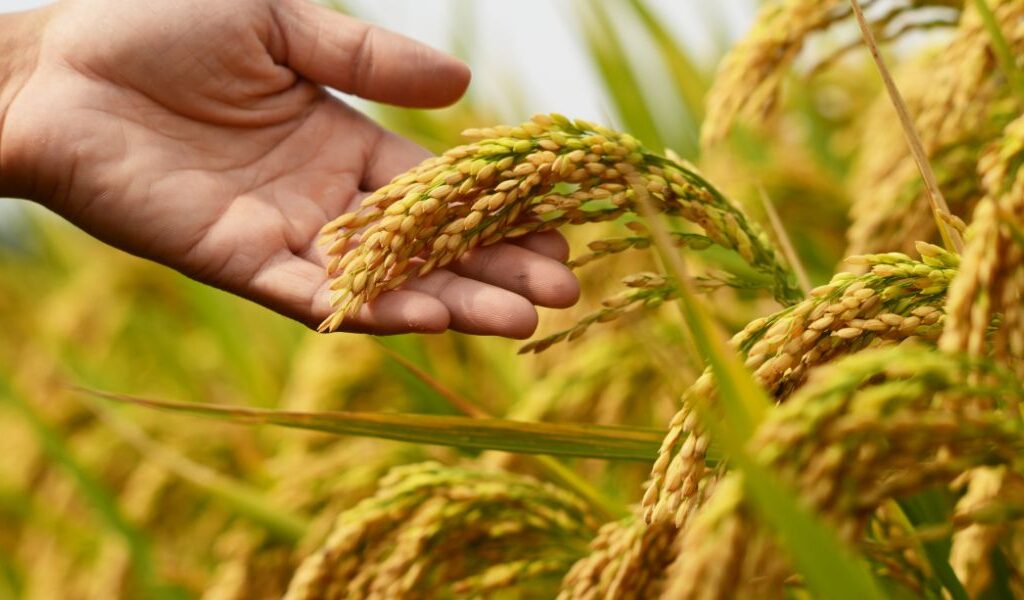
- Tomatoes
- Leading Exporters: Mexico, the Netherlands, Spain, the United States
- Market Trends: Fresh tomatoes and processed tomato products like paste and sauces are in high demand.
- Onions and Garlic
- Leading Exporters: India, China, the Netherlands, Egypt
- Market Trends: Both fresh and dehydrated forms are widely traded, with India dominating garlic exports.
- Potatoes
- Leading Exporters: Netherlands, Germany, France, Belgium
- Market Trends: Potatoes for processing (chips, fries) drive global demand.
C. Oilseeds and Pulses
- Soybeans
- Leading Exporters: United States, Brazil, Argentina
- Market Trends: Essential for animal feed, cooking oil, and processed food products.
- Groundnuts (Peanuts)
- Leading Exporters: India, Sudan, United States, Argentina
- Market Trends: High demand for edible peanuts, peanut butter, and oil.
- Chickpeas and Lentils
- Leading Exporters: India, Canada, Australia
- Market Trends: Plant-based protein demand increases exports of pulses.
D. Cash Crops
- Coffee
- Leading Exporters: Brazil, Vietnam, Colombia, Ethiopia
- Market Trends: Specialty coffee and organic certifications are boosting export value.
- Tea
- Leading Exporters: India, Kenya, Sri Lanka, China
- Market Trends: Black, green, and herbal teas remain staples in global trade.
- Cocoa
- Leading Exporters: Côte d’Ivoire, Ghana, Indonesia
- Market Trends: Driven by chocolate and confectionery industries worldwide.
- Sugarcane Products
- Leading Exporters: Brazil, Thailand, India, Mexico
- Market Trends: Refined sugar, molasses, and ethanol exports continue to grow.
E. Nuts and Dry Fruits
- Almonds
- Leading Exporters: United States (California), Spain, Australia
- Market Trends: Increasing demand for health foods, plant-based snacks, and baking.
- Cashews
- Leading Exporters: Vietnam, India, Ivory Coast
- Market Trends: Roasted and processed cashews gain popularity in global markets.
- Walnuts
- Leading Exporters: United States, China, Chile
- Market Trends: High-protein and antioxidant-rich nuts drive consumer interest.
3. Factors Affecting Crop Export Performance in 2025
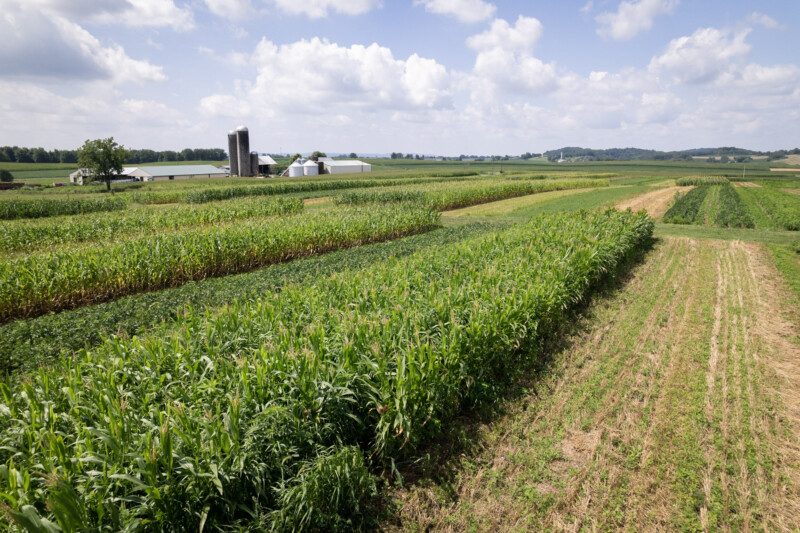
Several factors determine the success of crop exports globally:
- Climate and Weather Conditions
- Drought, excessive rainfall, or frost can reduce yields and export potential.
- Global Trade Policies
- Tariffs, trade agreements, and import restrictions affect market access.
- Quality Standards
- Compliance with phytosanitary regulations, organic certification, and food safety standards is critical.
- Technological Advances
- Improved storage, packaging, and transportation extend shelf life and reduce losses.
- Consumer Trends
- Growing demand for organic, fair-trade, and plant-based products impacts export selection.
4. Strategies for Successful Crop Exporting
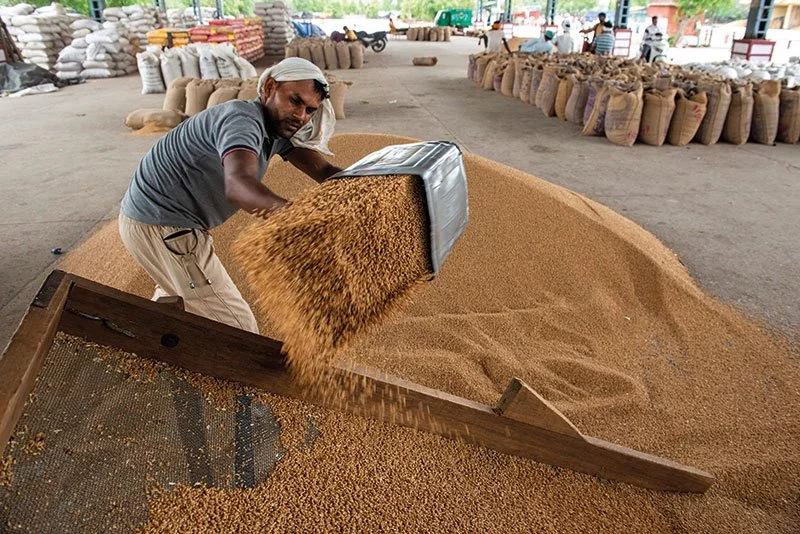
To maximize export opportunities, countries and businesses must adopt strategic practices:
- Adopting Modern Farming Techniques: Use high-yield varieties, drip irrigation, and mechanized harvesting.
- Quality Control: Implement post-harvest management to maintain freshness and minimize damage.
- Market Diversification: Explore emerging markets to reduce dependency on a few countries.
- Sustainability Practices: Promote eco-friendly farming and fair-trade certifications.
- Investment in Infrastructure: Efficient logistics, cold storage, and processing facilities support timely exports.
5. Emerging Trends in Export Crops for 2025
- Plant-Based Foods: Increased global consumption of legumes, pulses, and soy-based products.
- Organic Produce: Certified organic fruits, vegetables, and nuts command premium prices.
- Exotic Fruits: Dragon fruit, kiwi, and berries gain popularity due to health benefits.
- Processed Foods: Demand for juices, jams, dried fruits, and snack products continues to rise.
- Sustainable Farming: Eco-conscious consumers prefer crops grown with minimal environmental impact.
6. Challenges in Crop Exporting
- Pest and Disease Outbreaks: Can lead to quarantines and reduced yields.
- Transportation Risks: Perishable crops require proper cold chains to avoid spoilage.
- Currency Fluctuations: Impact profitability in international trade.
- Competition: High-yield producing countries can lower global prices.
- Climate Change: Alters growing seasons and may impact crop suitability.
7. Key Takeaways for Farmers and Exporters
- Identify high-demand crops suited to local climate and soil.
- Invest in quality seedlings, irrigation, and fertilizers to improve yield.
- Understand international market trends and buyer preferences.
- Adopt modern storage, packaging, and logistics solutions.
- Focus on sustainable practices to meet consumer and regulatory expectations.
Conclusion
The year 2025 presents significant opportunities for global crop exports, driven by rising consumer demand, technological advances, and evolving dietary trends. Fruits, vegetables, pulses, cash crops, and nuts are among the top export commodities with strong market potential.
Success in the export crop sector requires a combination of quality cultivation, post-harvest management, market awareness, and sustainable practices. Farmers, agribusinesses, and policymakers who align with these trends can benefit from economic growth, job creation, and enhanced global competitiveness.
By understanding the key export crops, major producing countries, market dynamics, and emerging trends, stakeholders can make informed decisions to capitalize on the thriving agricultural export market in 2025. Proper planning, modern cultivation methods, and adherence to international standards will ensure that export crops remain profitable, sustainable, and globally competitive.
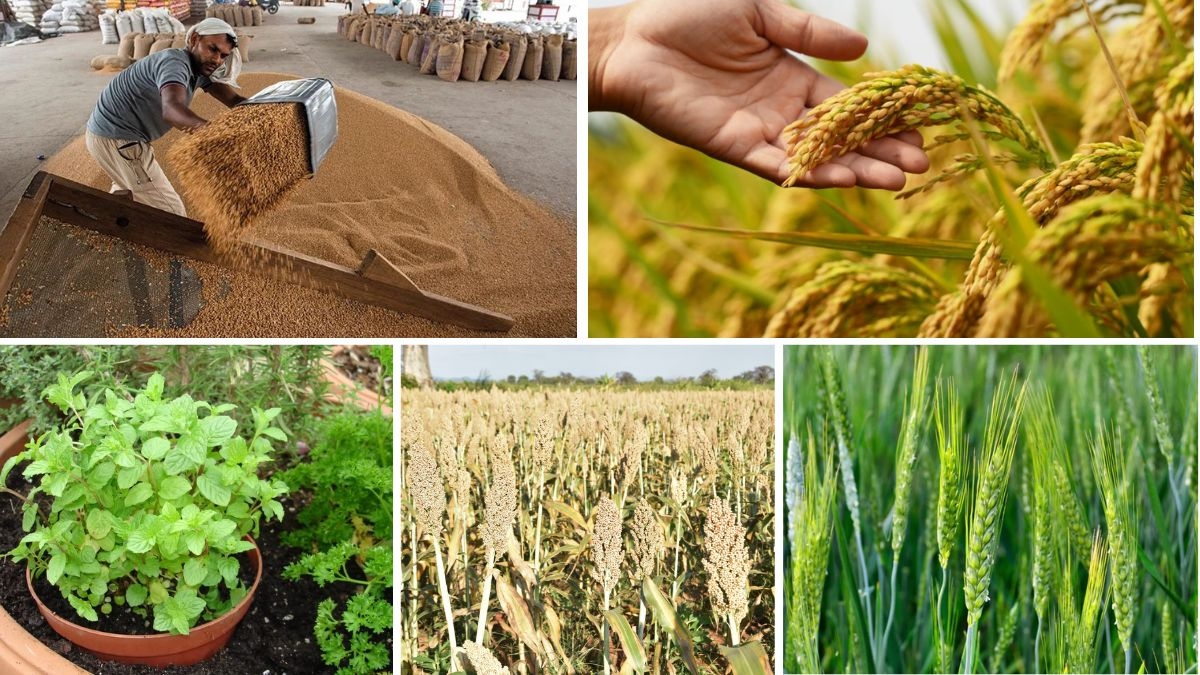



Leave A Comment